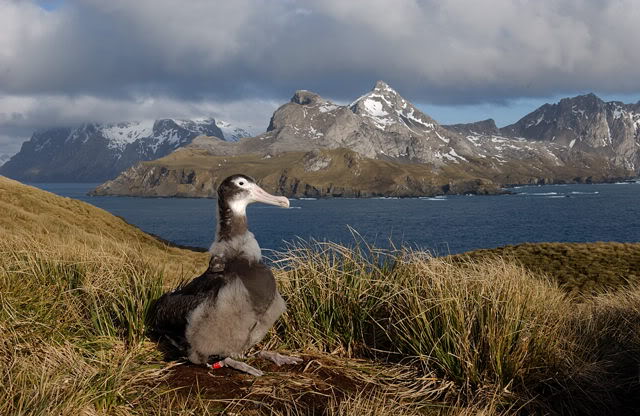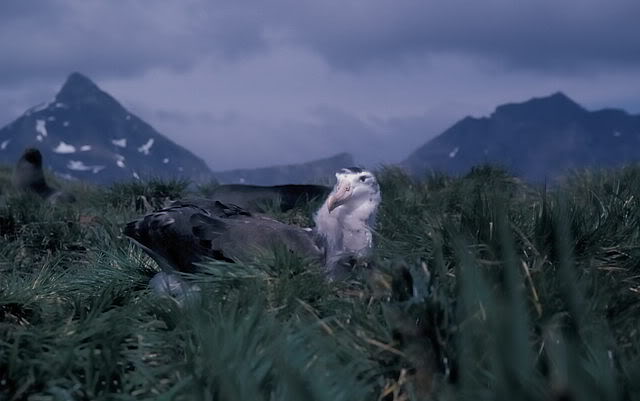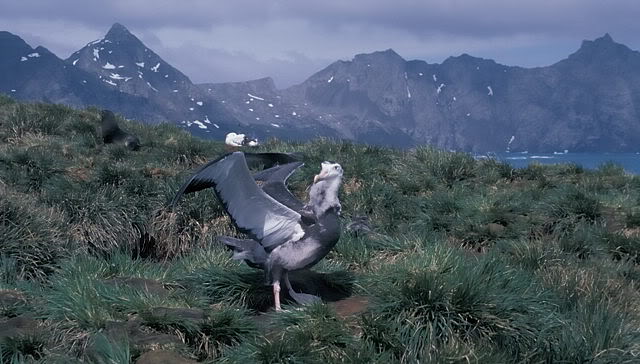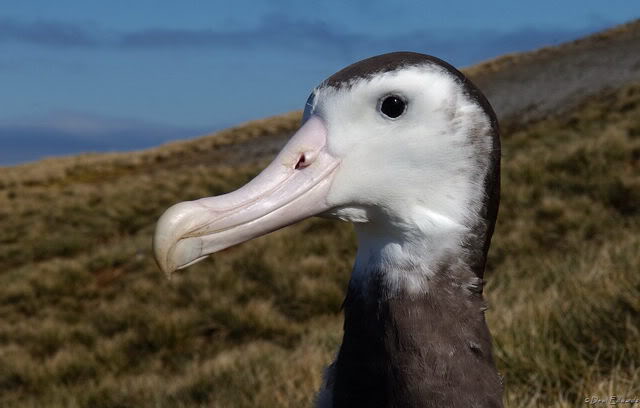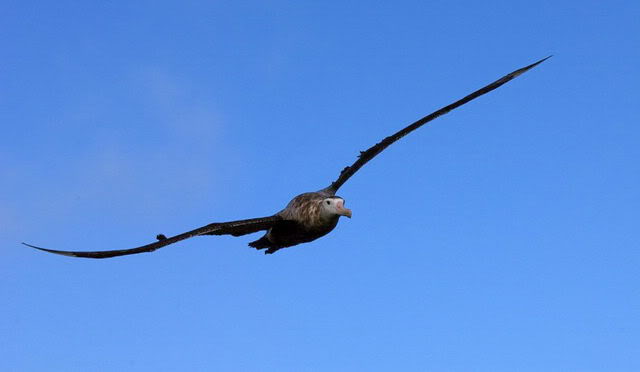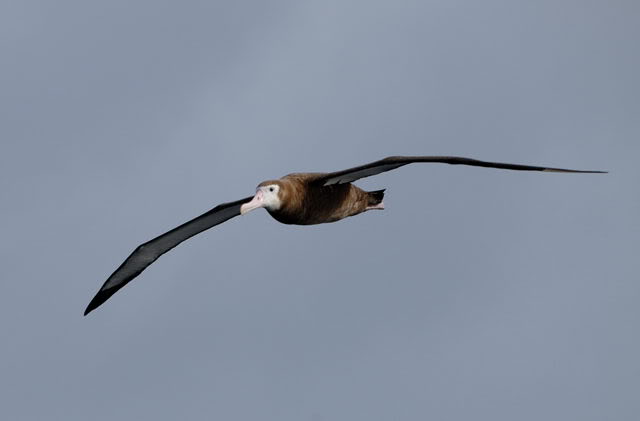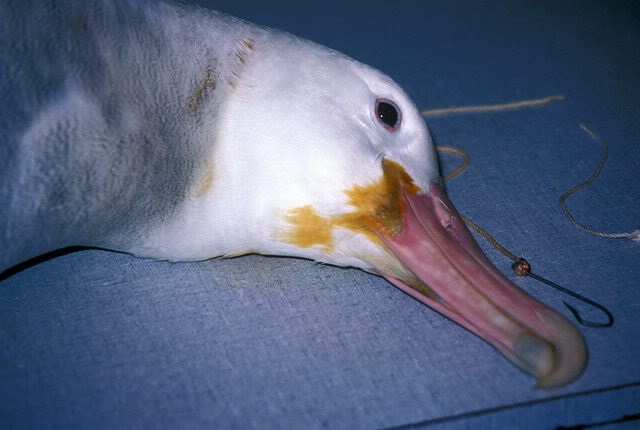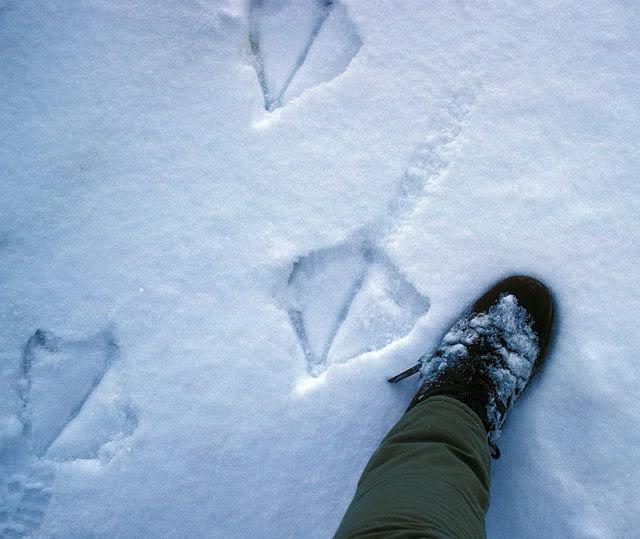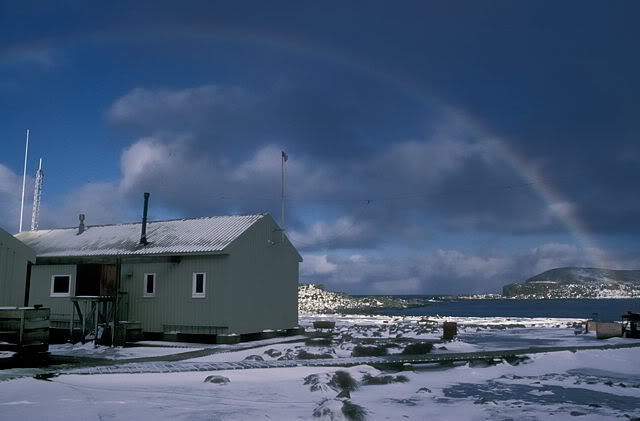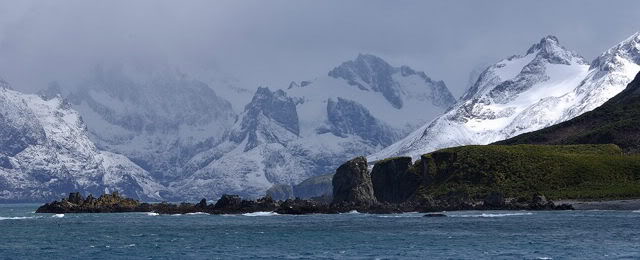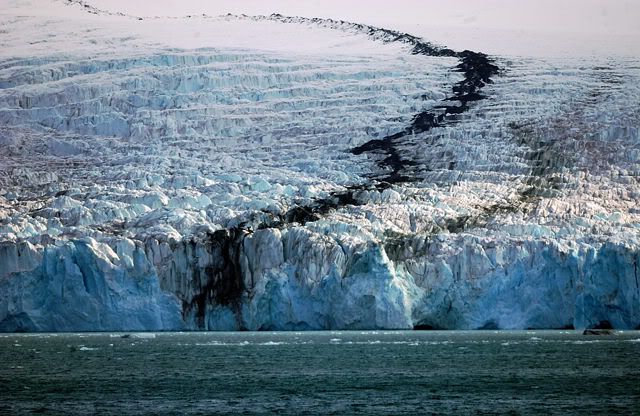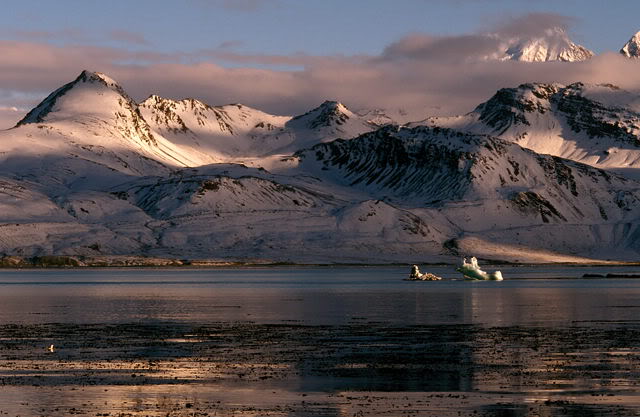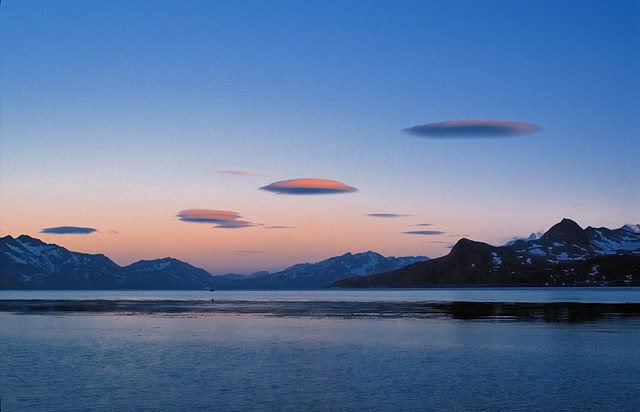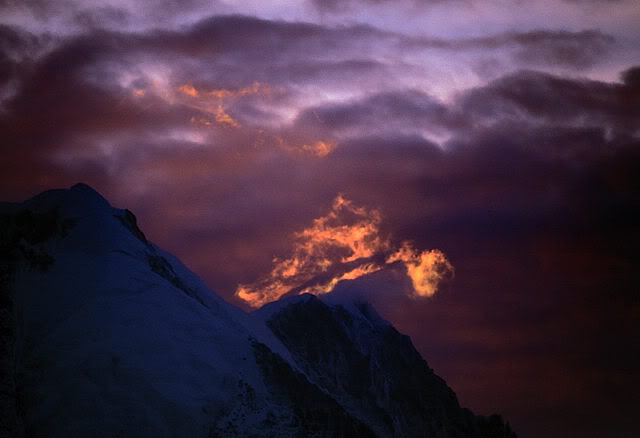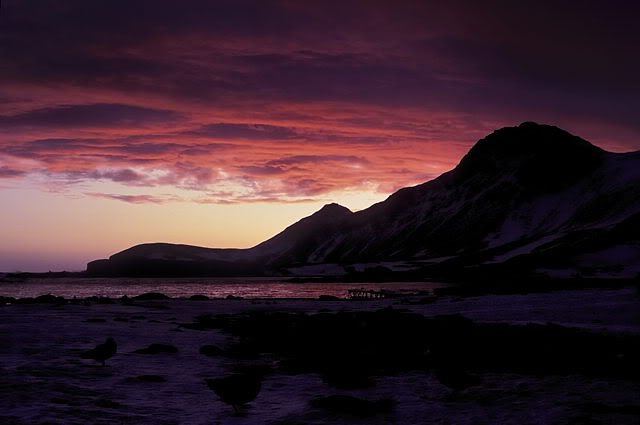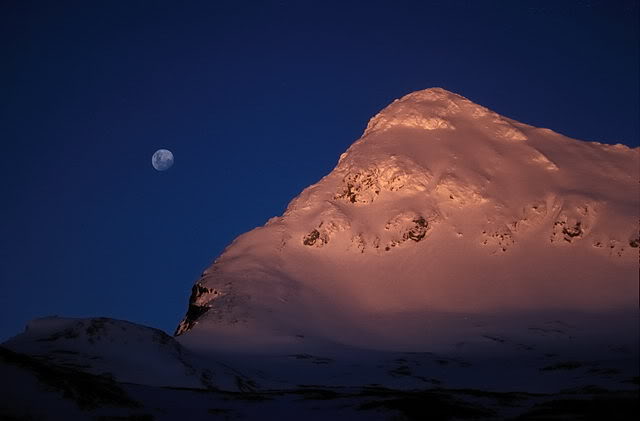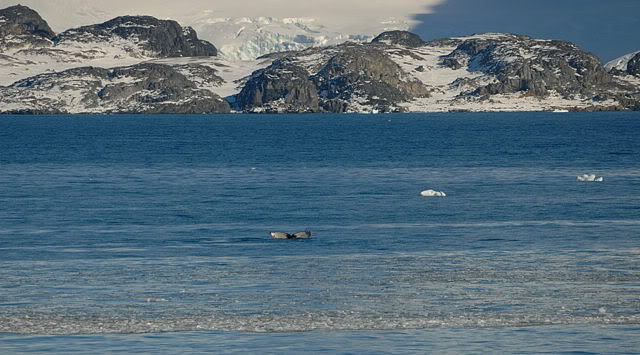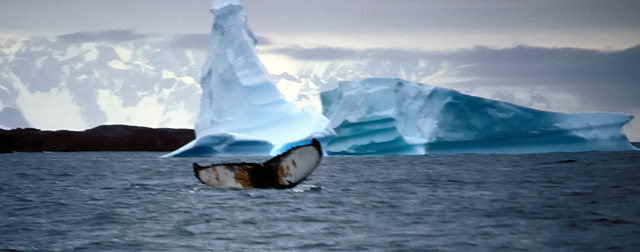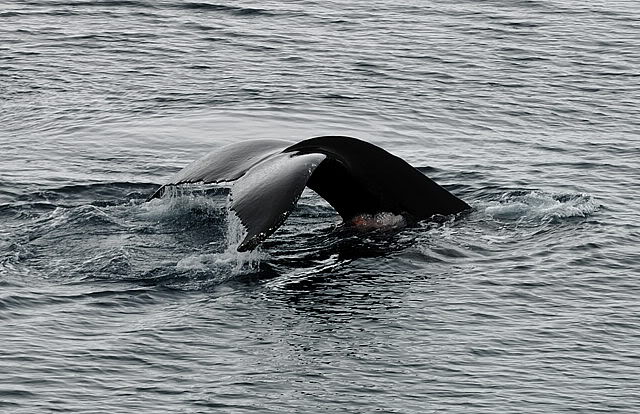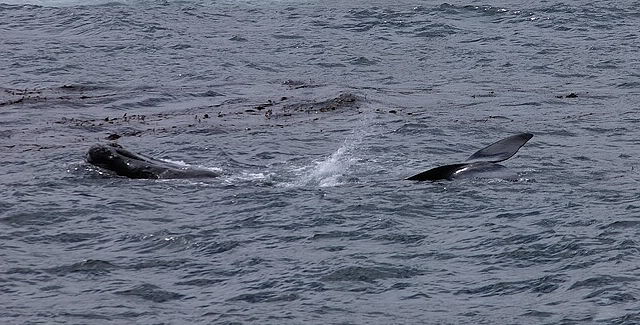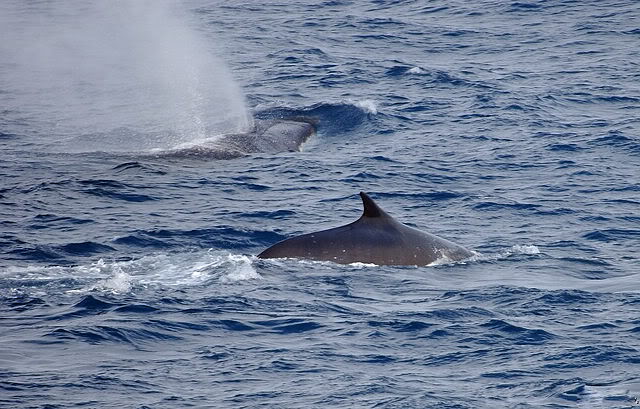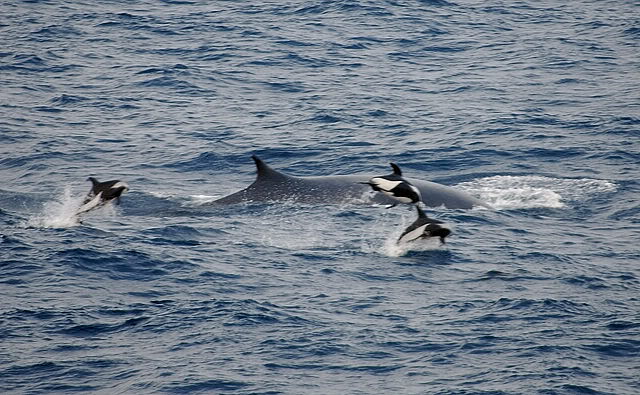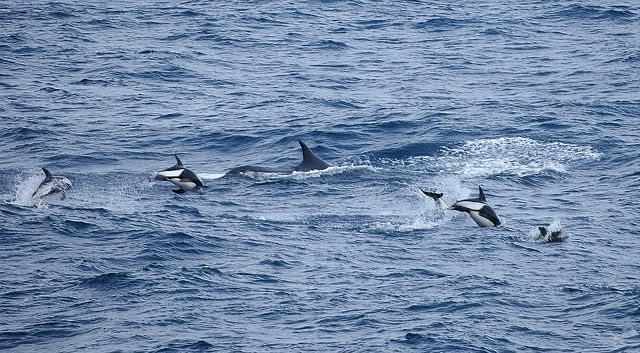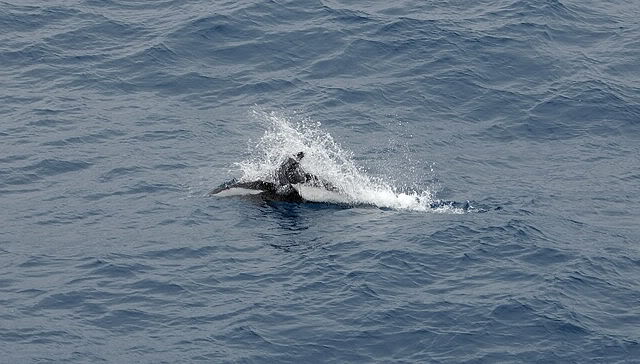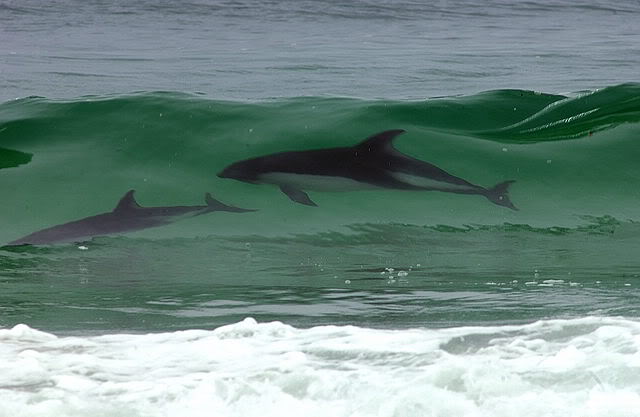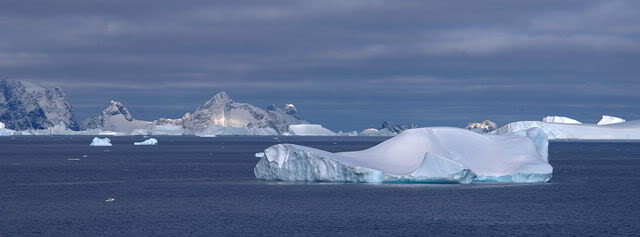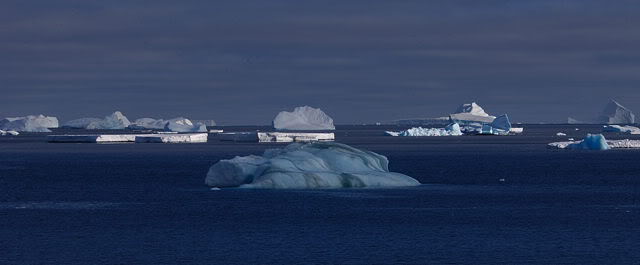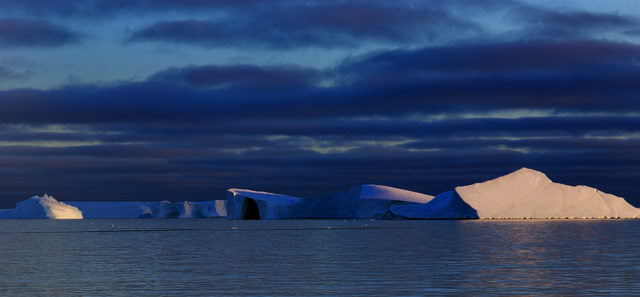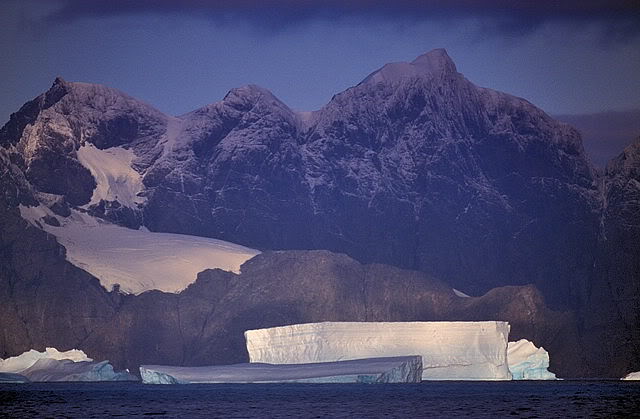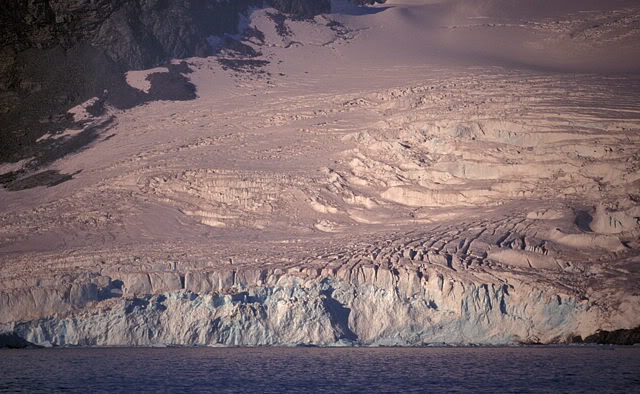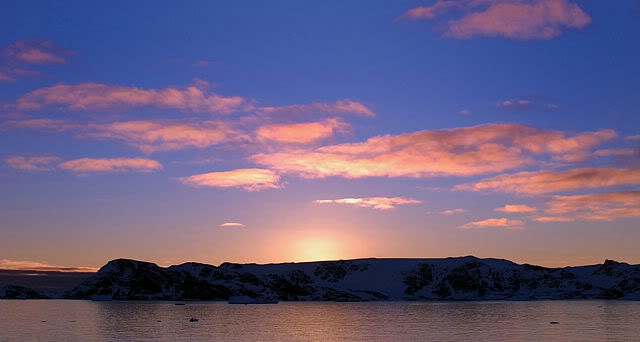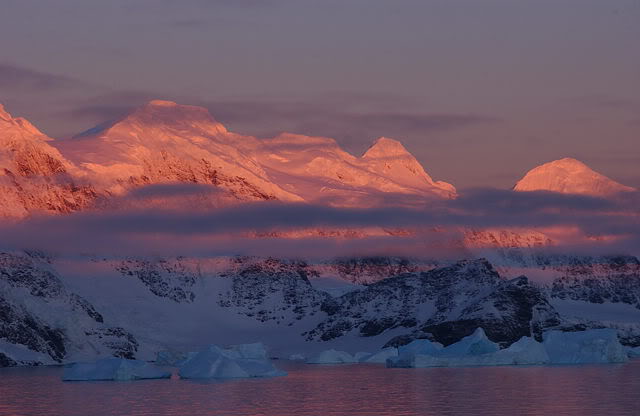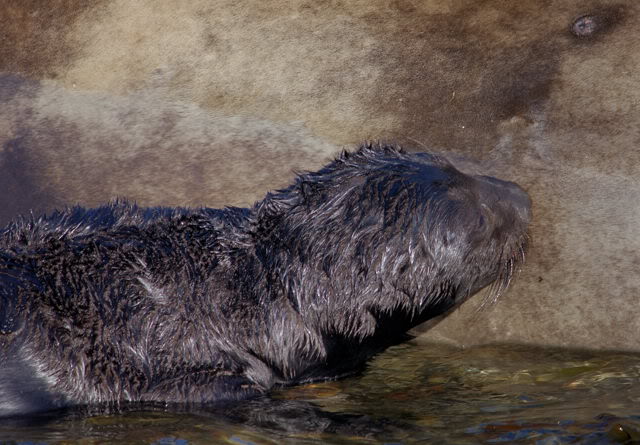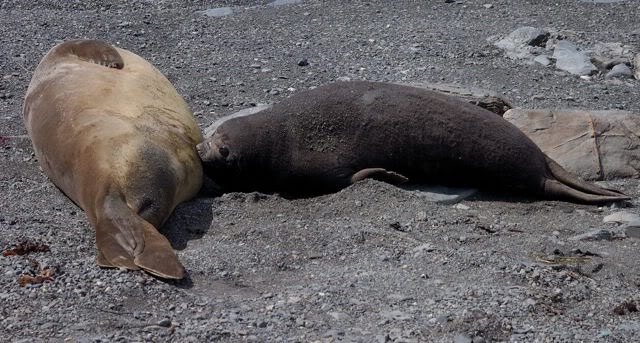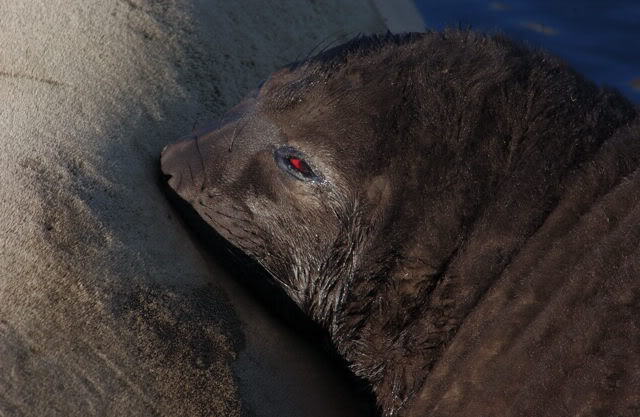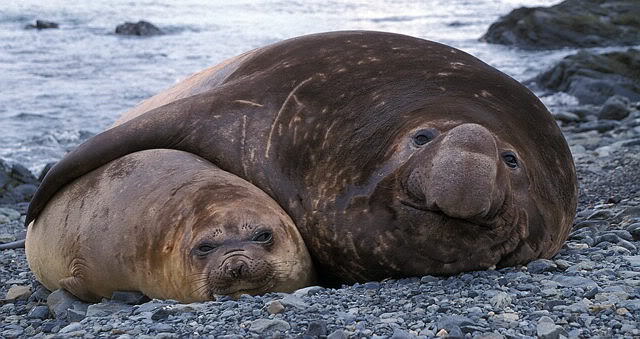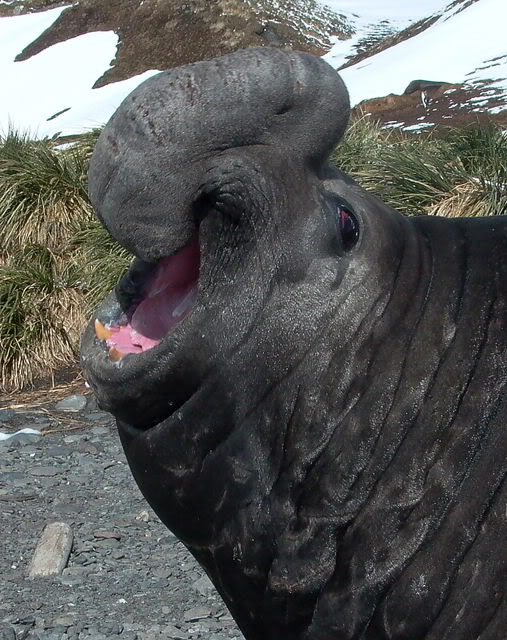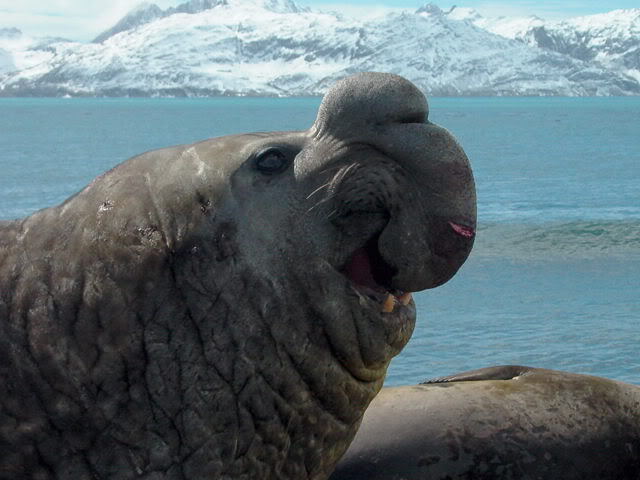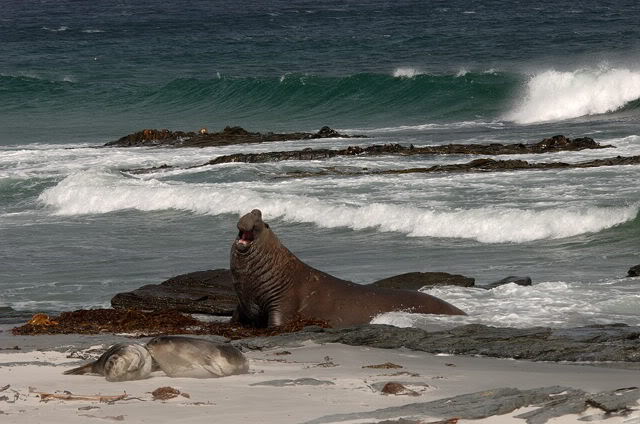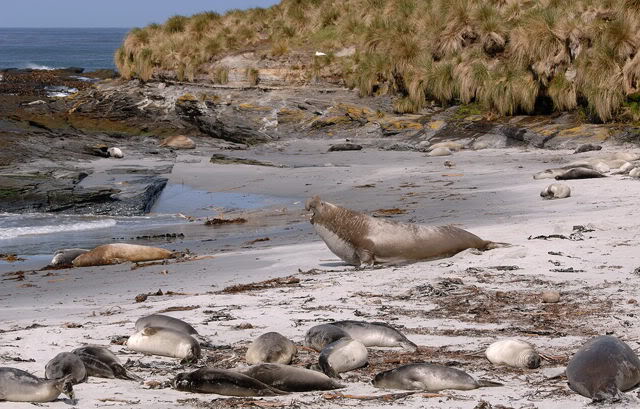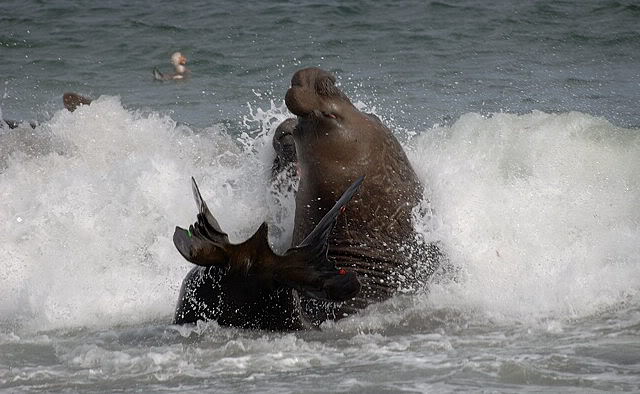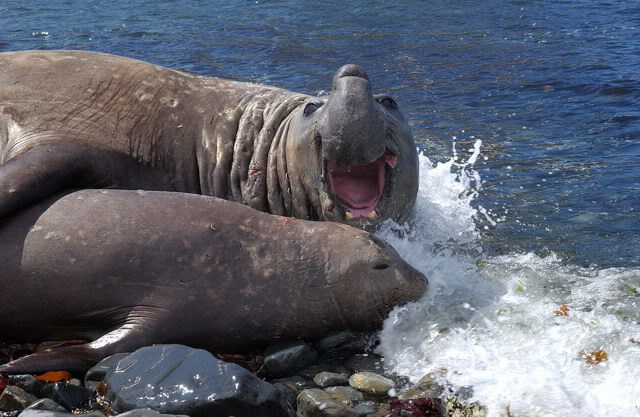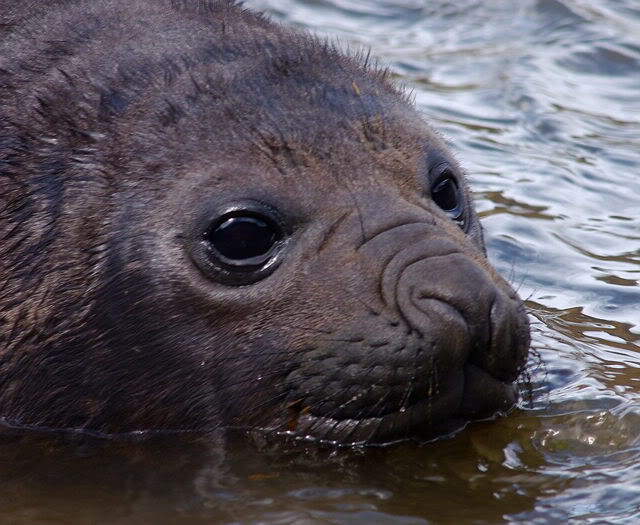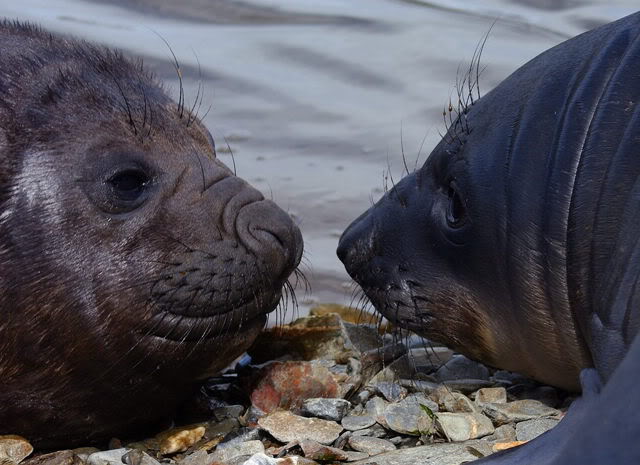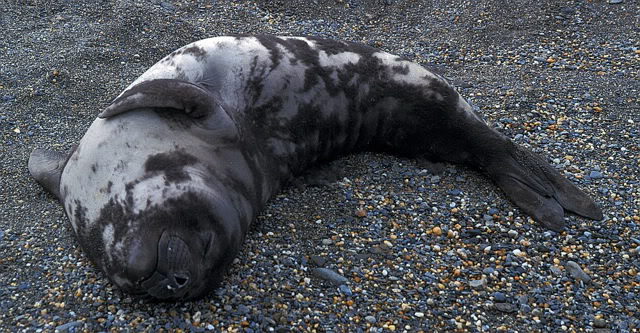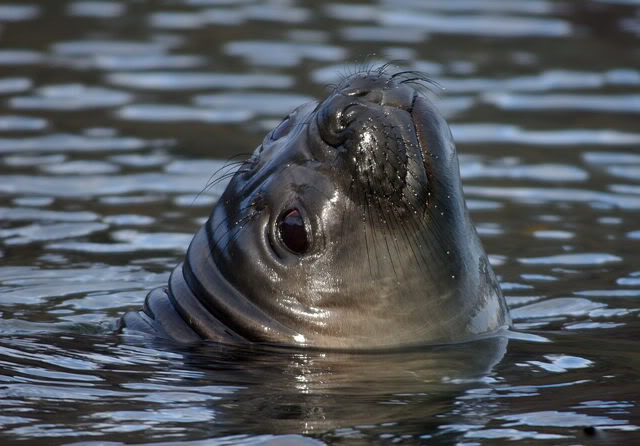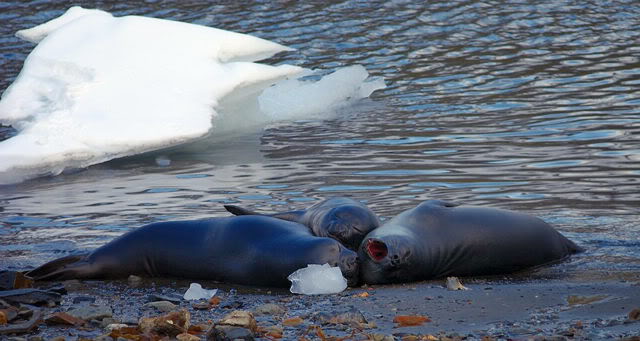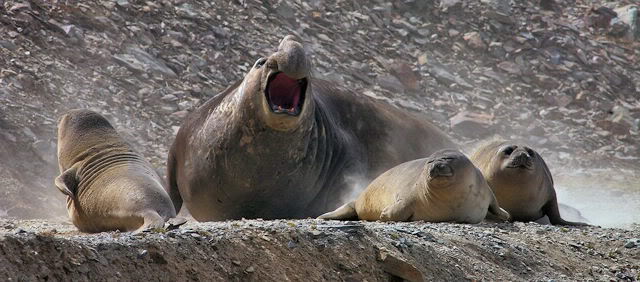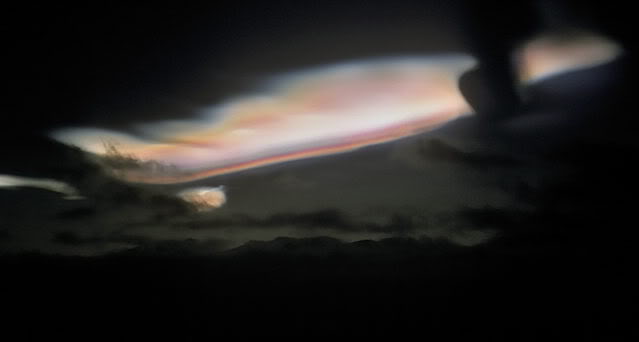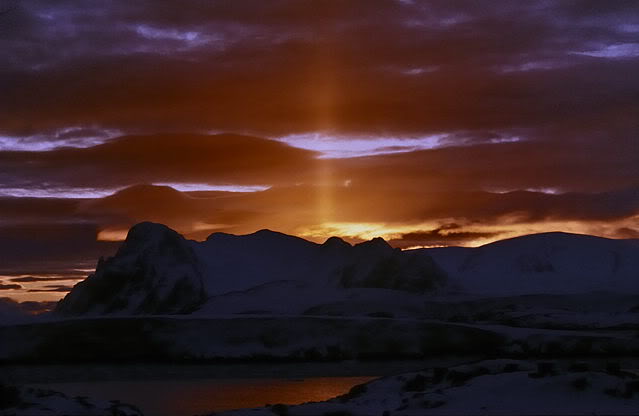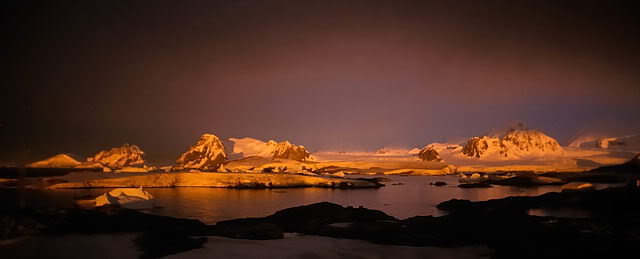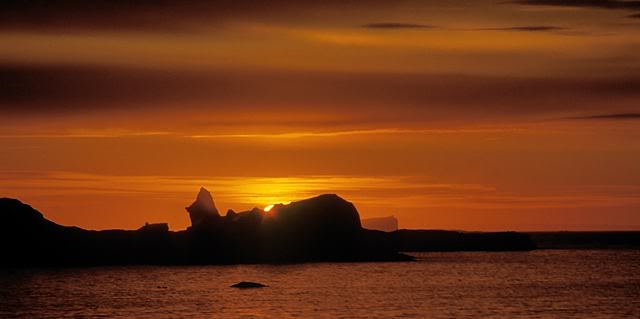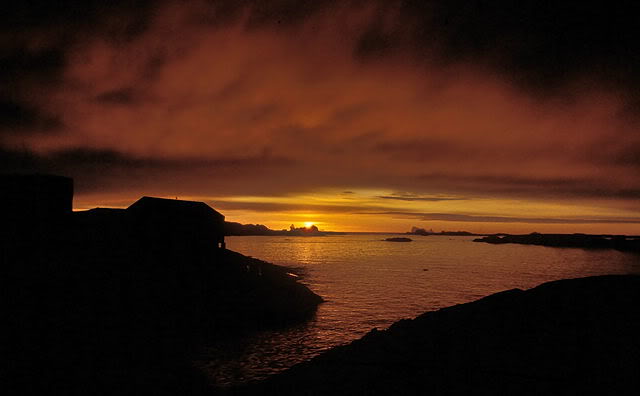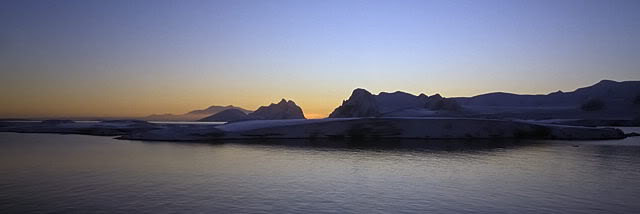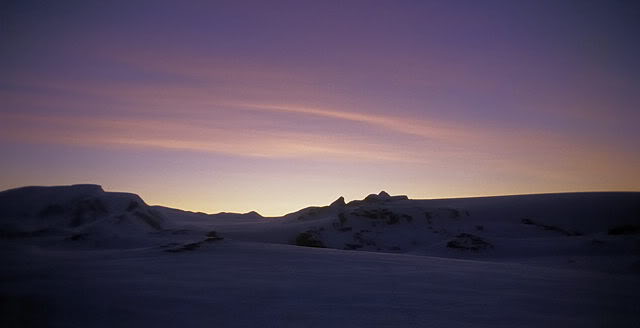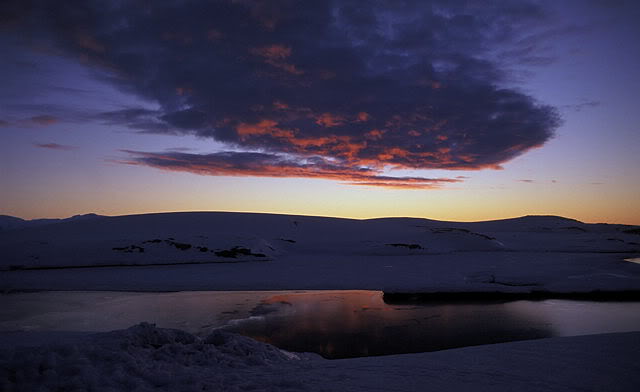As promised in the title, I have some Elephants for you this evening. :lol:
Although Elephant Seals breed on the South Orkney Islands, it's back to South Georgia for these photos as it was too late in the season for these animals during the time I worked there.
From September onwards, depending on which beaches you are on around the island, bull Elephant Seals start hauling out and claiming territories. The big beachmasters can reach 6.5m in length and weigh up to 3,700kg.
They roar out a challenge to any other bulls in the vicinity, and usually the depth and resonance of the more dominant bulls roar is enough to deter most of the hopefulls lurking offshore. Occasionally though, a bull of equal size and weight will make a challenge and this is when fierce battles are fought on the shorelines. Fights can last for half an hour or more when equally matched males battle together, but usuallt it's all over in a matter of minutes as one bull concedes to the other and makes a hasty getaway. When two matched bulls do meet, the spectacle is impressive to observe........
A Beachmaster has claimed his territory on the shoreline.

A challenger roars in defiance from the shallows.
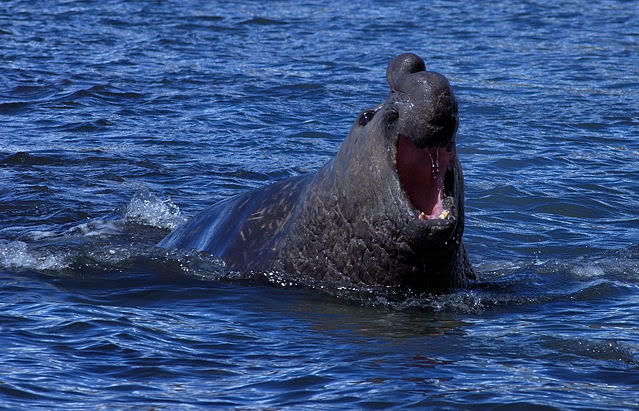
The Beachmaster takes up the challenge and both bulls rise to their full height, chest to chest.
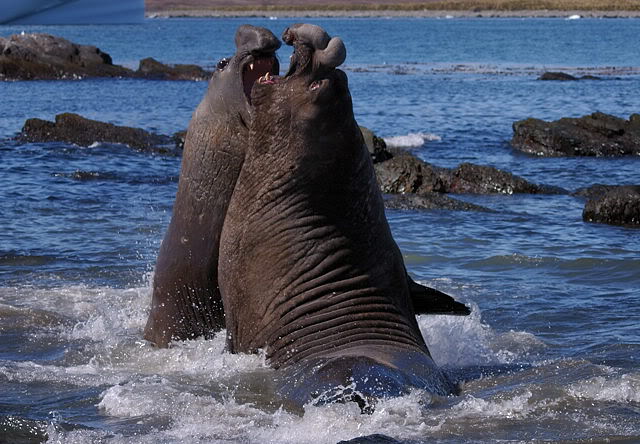
With both bulls roaring, most fights will end at this stage as one bull acnowledges it's mistake from the depth and resonance of the others roar.
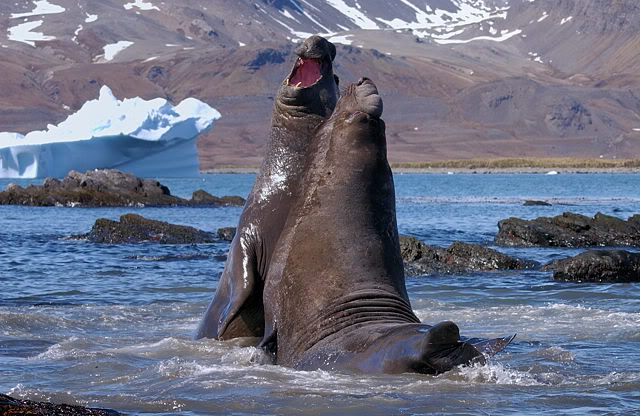
But these two are well matched and both attempt to bite each bother around the neck area.

They rise up and slam their bodied down against the other, attempting to bite on the downstroke.
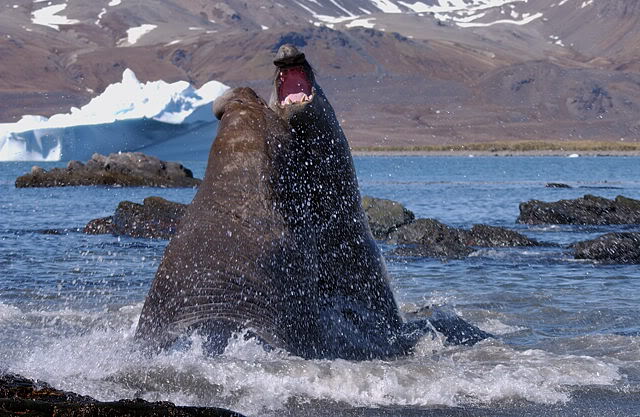
One will attempt to gain the upper hand by placing it's weight over the other.
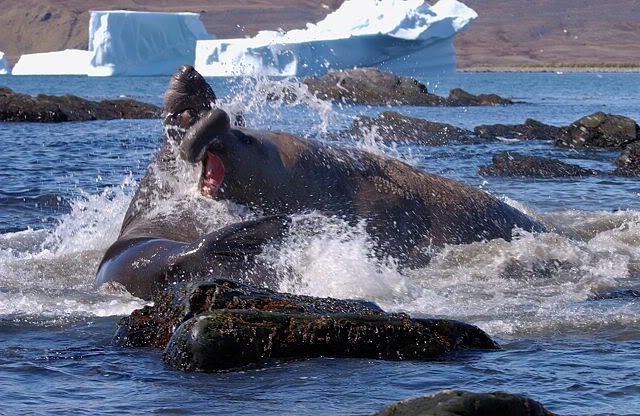
While the challenger pushes back with all it's might.

The weaker bull starts to give way to the more dominant of the two.
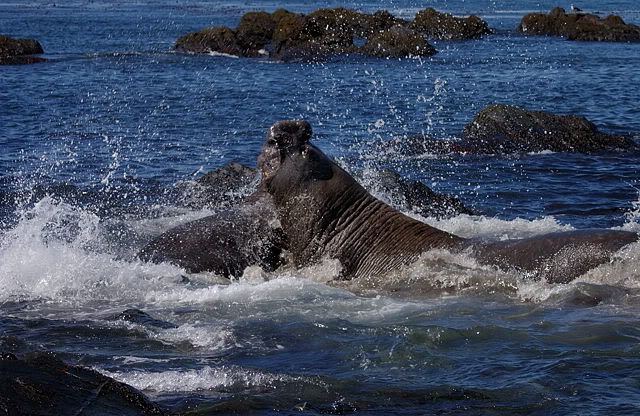
And gives ground as it backs into the sea.
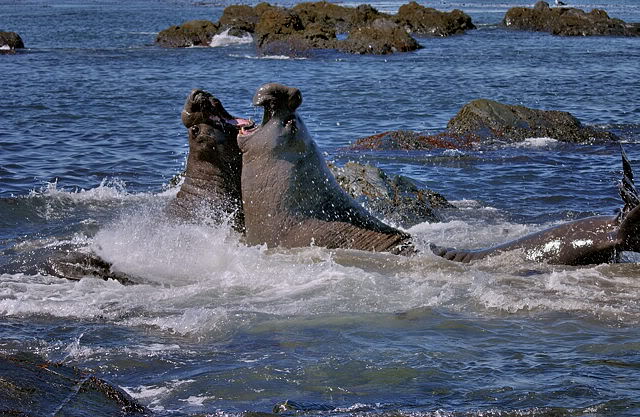
The victor then returns to the beach to await the return of the cows.........

